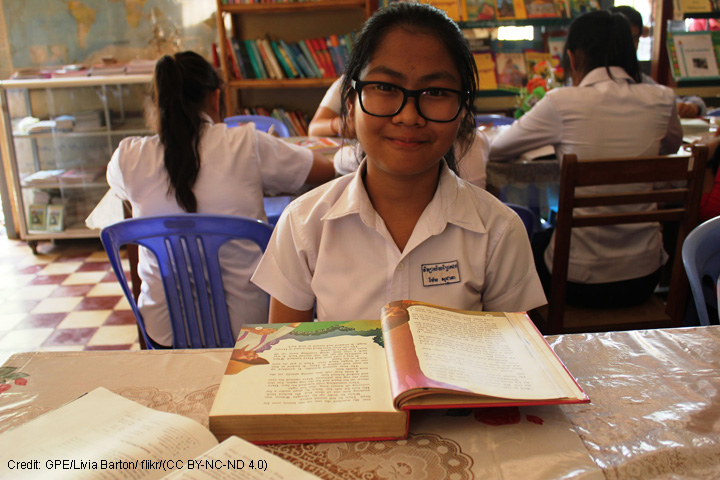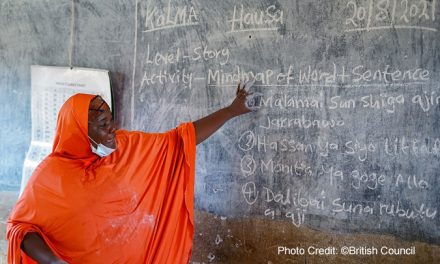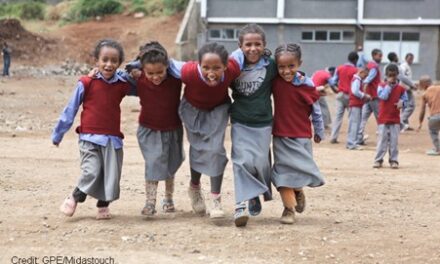This blog was written by Jacqueline Cheng, Research Fellow, and Jeaniene Spink, Research Director, ACER Education and Development research program. It was originally published on the ACER Discover site on 21 January 2021.
Resources and support in the home and at school have been found to play a critical role in successful learning outcomes of Grade 5 students in Southeast Asia.
SEA-PLM 2019 – a new large-scale regional assessment of Grade 5 students in six Association of Southeast Asian Nations (ASEAN) countries – reveals that home and school environments have a significant impact on student learning outcomes. However, with the right policies and programs in place at both the school and system level, a significant proportion of children can improve and reach higher proficiency levels.
SEA-PLM 2019 is jointly conducted by the Southeast Asian Ministers of Education Organization (SEAMEO) and the United Nations Children’s Fund (UNICEF), with technical support from the Australian Council for Educational Research (ACER). The assessment measures learning outcomes in Cambodia, LAO PDR, Malaysia, Myanmar, Philippines and Viet Nam.
Using a custom-built set of proficiency scales in reading literacy, mathematical literacy and writing literacy, countries participating in SEA-PLM can measure and report overall student performance. The six countries also contribute to regional student learning data that can be used for international reporting against SDG 4.1 and to build capacity of governments to use data and to effectively monitor and better understand where children are at in their learning.
An important finding of SEA-PLM 2019 is that resources in the home significantly affect student success in reading, writing and mathematics. When students have greater access to written texts and varied reading material in the home, they have more opportunities to engage in reading and writing practices outside school and to build their skills.
Children who demonstrate a solid grasp of key foundational skills upon entering school consistently outperform those students who do not. This highlights the importance of creating an environment in the early years of school similar to a literate home environment, and focuses on building core foundational skills of language, vocabulary and communication.
While the home environment plays a pivotal role in learning outcomes, only one-third of parents have completed Grade 8 – just three years of education more than their children. Strategies that increase communication with parents and provide practical solutions to empower them to engage with and support their child’s learning could have a significant impact.
SEA-PLM 2019 found that availability of water and electricity at home and the distance to school are also important factors contributing to student success. In one of the six countries, approximately one in 10 students travel more than four hours to and from school each day. When children are expected to take care of siblings and the elderly, or engage in farm work and other economic activities, they do not perform as well as those with less responsibilities.
Gender, locality and socioeconomic status can also predict the learning outcomes of students. In all countries, girls achieve higher scores, even in low socioeconomic groups and remote locations. The importance of the home environment is further reinforced by the finding that students in households with higher incomes in remote locations, outperform students in the same location from lower socioeconomic backgrounds.
SEA-PLM 2019 found that while the majority of students enjoy being at school, the classroom environment, school size and the availability of basic resources are important to their success. Larger, well-resourced schools demonstrate higher student achievements, with students who have their own learning resources consistently outperforming others.
One-third of the teachers surveyed revealed that some of the barriers to student learning were hunger, lack of sleep, and poor health. In one country, this situation was particularly alarming –almost 85 per cent of teachers thought their students were in poor health.
In three of the participating countries, teaching quality has an impact on the learning outcomes of children. Approximately one-quarter of all teachers did not receive any training during their pre-service studies on how to teach the fundamentals of reading, writing and mathematics. Less than 50 per cent of teachers received training on how to support students with special needs. While teachers report a high level of enthusiasm for teaching and participating in school activities, in some countries, students noted that they are regularly late to class or completely absent.
Many countries in the region are made up of populations with hundreds of national languages. The complex discussion between mother tongue or the adoption of a common language of instruction continues to be fiercely debated.
Results from SEA-PLM 2019 reinforce findings from other international studies of student learning that emphasise the importance of parental involvement in schooling, early childhood education, home learning environments and ensuring all students have access to basic learning materials and facilities.
Addressing the learning gap for many marginalised and disadvantaged children in the participating SEA-PLM countries is complex and challenging. While for many students their socioeconomic status cannot be easily overcome, changes in practices at school and home, and at the system and policy level can help to improve learning outcomes.
SEA-PLM 2019 outlines a set of recommendations, which include supporting motivated and experienced teachers and positive school environments, prioritising early learning in disadvantaged contexts and guaranteeing a solid start in primary education through on-time enrolment and progression for all children.
Ultimately, a systematic reform agenda that considers the whole child, their background, teachers, classroom, school and community as interdependent factors can help to address the learning crisis in the region.
Further information
Read the SEA-PLM 2019 Main Regional Report
Watch this SEA-PLM video
Learn more about SEA-PLM
Read the SEA-PLM 2019 Trial testing report (2018)
Find out more about ACER’s education and development work





